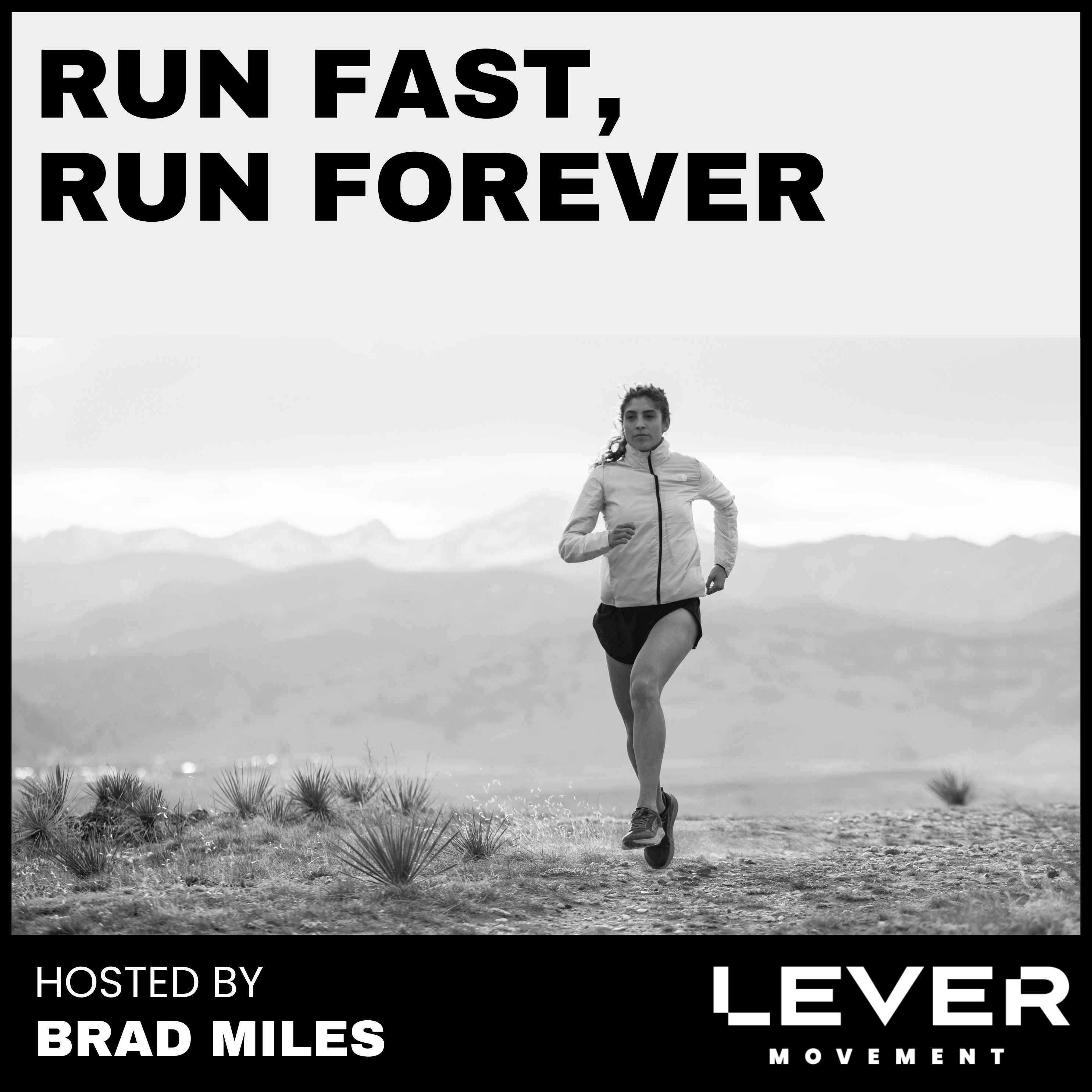Gait Retraining & Collegiate XC Coaching
Description
“Gait retraining has always been a significant part of the injury rehab space I’ve been involved in as a kinesiologist and osteopath. You can do great manual work on the table and get things moving the way you want, but if you return to the same patterns that caused the problem in the first place, those changes won’t last long.”
Jordan Collison, head cross-country coach at the University of Windsor, joins Brad Miles in this episode to share his insights on the transformative impact of gait retraining. Did you know it can reduce injuries by 62%? Jordan breaks down how addressing movement patterns, like overstriding, can make athletes more efficient and resilient.
This episode highlights how tools like Lever play a role in balancing recovery and performance. From easing athletes back into running after injuries to improving training consistency, Jordan explains how this approach keeps athletes healthy and performing at their best.
With a blend of science, experience, and practical advice, this episode challenges you to think: How often do we overlook the fundamentals in our pursuit of progress? Jordan’s perspective offers fresh ideas for runners, coaches, and anyone seeking to optimize their performance.
Quotes
“Gait retraining has always been a significant part of the injury rehab space I’ve been involved in as a kinesiologist and osteopath. You can do great manual work on the table and get things moving the way you want, but if you return to the same patterns that caused the problem in the first place, those changes won’t last long.” (11:40 | Jordan Collison)
“This ties back to gait retraining. One of the biggest issues I see is overstriding—where the foot extends out in front of the knee and center of mass. It’s like applying the brakes with every step, resembling more of a walking gait than a running one. We work to shift people back to a running pattern, almost like a marching motion, where the foot lands beneath the knee, creating a more vertical shin angle. This positions them optimally to be ready to hit the ground efficiently.” (16:20 | Jordan Collison)
“I often ask people how they run faster, and a common response I get is, ‘I try to take a longer stride.’ A lot of people believe that simply reaching for a longer stride will help, but the truth is that a longer stride should come from putting more power into the ground, allowing you to travel further without reaching for it. That’s one of the key differences we focus on in gait analysis.” (17:49 | Jordan Collison)
“A common exercise I recommend is stiff ankle hops. The goal is not to have a lot of flexibility or a ‘pogo’ bounce in the ankle, but to keep the ankle stiff and minimize time spent on the ground. This exercise is especially important for masters athletes. After 30, the ability to maintain ankle stiffness becomes the biggest difference between a 20-year-old and a 40-year-old. Staying on top of exercises like this helps prevent the loss of ankle stiffness, which is one of the first things to deteriorate with age.” (21:14 | Jordan Collison)
Links
Connect with Jordan Collison:
https://www.instagram.com/windsorlancerxc/
https://www.instagram.com/jordan_collison/
https://www.instagram.com/levermovement/
https://www.instagram.com/bradmiles/
https://levermovement.com/
Podcast production and show notes provided by HiveCast.fm
More Episodes
Published 11/21/24
“How can we kind of be a little cutting edge? How can we find something new and innovative to help push us forward, help push the program forward?” Coach JT Klopcic, the associate head coach of cross country and track and field at Goucher College, lives by these questions as he integrates new...
Published 11/06/24
“The 3:05 was a shock. It’s not something that I expected. The approach that we’re taking is how quick can you get on the volume of training that you’re currently doing, and then you can increase it, and then you can get faster,” says Steph Clutterbuck, a professional triathlete, as she reflects...
Published 10/23/24


